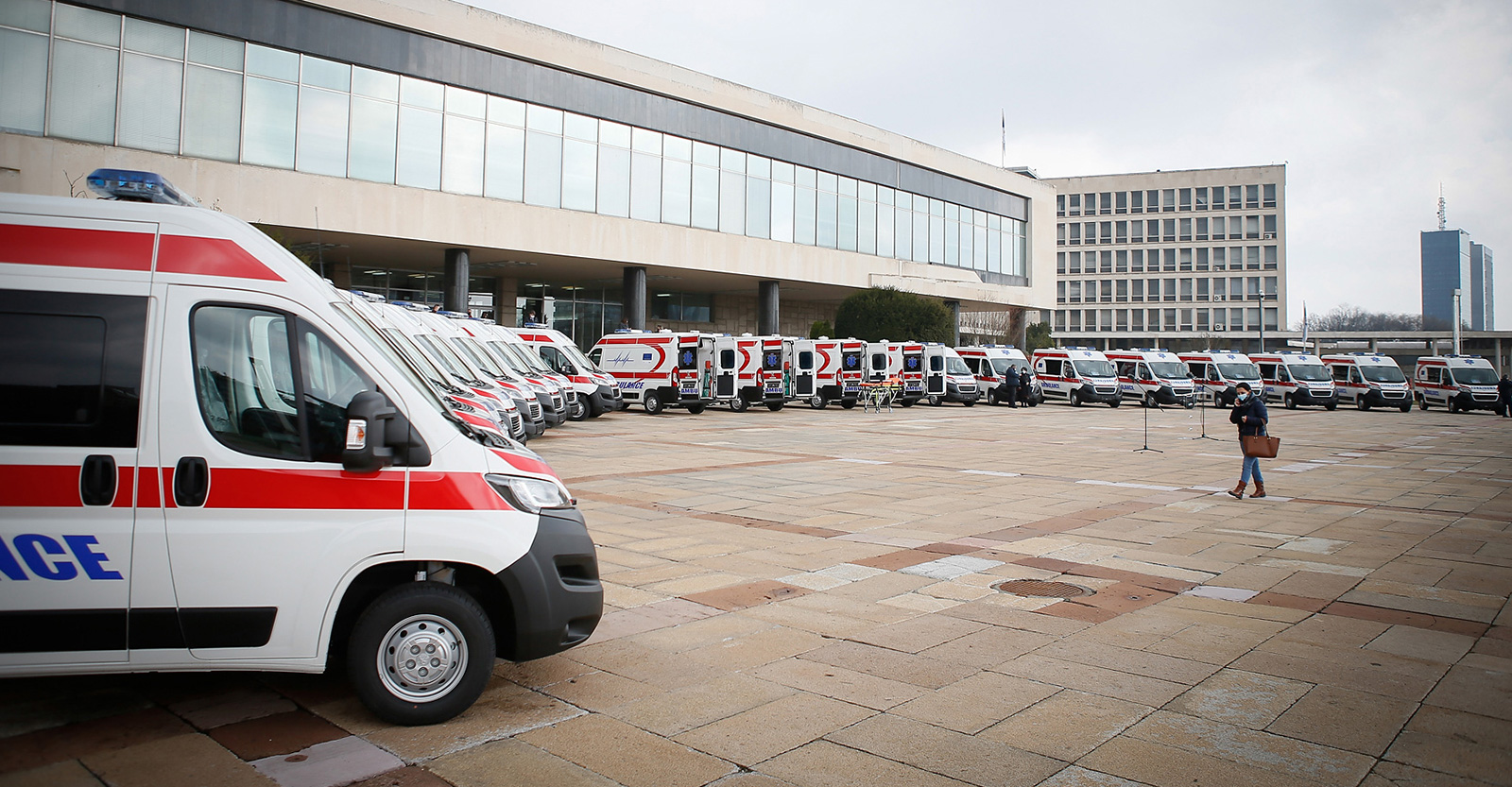– one ambulance in Serbia, on average, covers about 200,000 kilometers a year –
The first decision on the organized transport of the injured, the forerunner of ambulances, was written in 1633 in Florence. This is the first attempt of the state to establish an emergency medical care system. The first emergency medical facility in Europe, the “Drowning Rescue Station”, was opened in Hamburg, Germany, in 1762. In addition to treating the wounded, they also organized surgical interventions on the battlefield, especially “emergency medical care” when they officially used the first ambulance.
The need to take care of injured and sick people is as old as the human race. Thus, in ancient Babylon, it was customary to bring the injured person to a public place, to a square where everyone could see and examine him/her. Their goal was to find someone who could help.
As far as Serbia is concerned, a rescue station in the center of the city operated in Belgrade between the two world wars, where regional doctors worked. The station doctor had to come to the scene “in one hour at the latest”. The daily Politika, published in October 1937, states that the first medical ambulance station for the transport of the sick and wounded was opened at that time, which is also the first medical vehicle in Serbia.
Since that time, medicine, emergency medical interventions, as well as ambulances, have significantly improved, so that the treatment of the patient begins in the vehicle on the way to the hospital. In addition to the birth of a new life, its salvation is equally sublime and magnificent. This is the essence of the work that many ambulance workers do every day.
Today in Serbia, the team for intervention in one ambulance consists of a specialist doctor and two medical technicians, one of whom is also a driver. On average, one ambulance travels more than 200,000 km a year, not only in response to emergencies, but also for the transport of patients on hemodialysis and other therapies.
“With the help of the European Union, Serbia has received almost 300 modern vehicles with appropriate equipment in the last ten years,” said Maja Vuckovic-Krcmar, medical advisor and program manager for health at the European Union Delegation to Serbia. “The quality of the equipment that arrived together with the vehicles also marked a step forward in caring for patients, and thanks to the donation, doctors can now better respond to all requests and provide better health care,” adds Vuckovic-Krcmar.
During the COVID-19 pandemic alone in the last two years, the EU provided 56 new ambulances, vaccines and medical personnel to help those in need in 174 municipalities in Serbia. Many of these vehicles are equipped with state-of-the-art equipment such as mobile respirators, dialysis equipment, special refrigerators for storing vaccines, and doctors and staff are provided with high-quality protective equipment.
Since the beginning of the 2020 pandemic, the European Union has supported Serbia in the fight against the spread of the virus with more than 78 million euros, of which almost 90% was spent on health, protection equipment and the most urgent needs to strengthen the health system in Serbia in crisis situations, as well as during regular operation.
Solidarity is the guiding principle of support for Serbia, and the EU is committed to supporting Serbia’s needs in providing the necessary medical equipment and human resources, but also to protect the most vulnerable citizens.
READ MORE:
- https://europa.rs/dvadeset-sanitetskih-vozila-spasavace-zivote-sirom-srbije/
- https://europa.rs/vakcine-brzo-u-svakom-delu-srbije-uz-eu-podrsku/
- https://europa.rs/eu-donirala-srbiji-nova-ambulantna-vozila-mobilne-respiratore-i-zastitnu-opremu/
- https://europa.rs/nova-ambulantna-vozila-razlika-izmedu-zivota-i-smrti/



